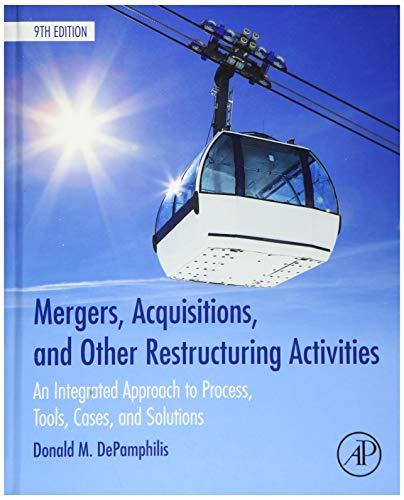Question
(Nonannual compounding using a calculator) Should we have bet the kids' college fund at the dog track? Let's look at one specific case of a
(Nonannual compounding using a calculator) Should we have bet the kids' college fund at the dog track? Let's look at one specific case of a college professor (let's call him Prof. ME) with two young children. Two years ago, Prof. ME invested $ 180,000 hoping to have $ 420,000 available 11 years later when his first child started college. However, the account's balance is now only $ 160,000. Let's figure out what is needed to get Prof. ME's college savings plan back on track.
- What was the original annual rate of return needed to reach Prof. ME's goal when he started the fund 2 years ago?
- Now with only $ 160,000 in the fund and 9 years remaining until his first child starts college, what APR would the fund have to earn to reach Prof. ME's $ 420,000 goal if he adds nothing to the account?
- Shocked by his experience of the past 2 years, Prof. ME feels the college mutual fund has invested too much in stocks. He wants a low-risk fund in order to ensure he has the necessary $420,000 in 9 years, and he is willing to make end-of-the-month deposits to the fund as well. He later finds a fund that promises to pay a guaranteed APR of 6 percent compounded monthly. Prof. ME decides to transfer the $ 160,000 to this new fund and make the necessary monthly deposits. How large of a monthly deposit must Prof. ME make into this new fund to meet his $420,000 goal?
- Now Prof. ME gets sticker shock from the necessary monthly deposit he has to make into the guaranteed fund in the preceding question. He decides to invest the $160,000 today and $500 at the end of each month for the next 9 years into a fund consisting of 50 percent stock and 50 percent bonds, and hope for the best. What APR would the fund have to earn for Prof. ME to reach his $420,000 goal?
- If Prof. ME invested $180,000 into a fund 2 years ago and hoped to have $ 420,000available 11 years later when his first child started college, what was the original APR needed to reach his goal?
% (Round to two decimal places)
- b. Now with only $160,000 in the fund and 9 years remaining until his first child starts college, what APR would the fund have to earn to reach Prof. ME's $420,000 goal if he adds nothing to the account?
% (Round to two decimal places)
- c. If Prof. ME decides to transfer the $160,000 to a new fund that promises to pay a guaranteed APR of 6 percent compounded monthly and makes the necessary end-of-the-month deposits, how large of a monthly deposit must he make into this new fund to meet his $420,000 goal in 9 years?
$ (Round to the nearest cent)
- d. Now Prof. ME decides to invest the $160,000 today and $500 at the end of each month for the next 9 years into a fund consisting of 50 percent stock and 50 percent bonds, and hope for the best. What APR would the fund have to earn for Prof. ME to reach his $ goal?
% (Round to two decimal places)
Step by Step Solution
There are 3 Steps involved in it
Step: 1

Get Instant Access to Expert-Tailored Solutions
See step-by-step solutions with expert insights and AI powered tools for academic success
Step: 2

Step: 3

Ace Your Homework with AI
Get the answers you need in no time with our AI-driven, step-by-step assistance
Get Started


